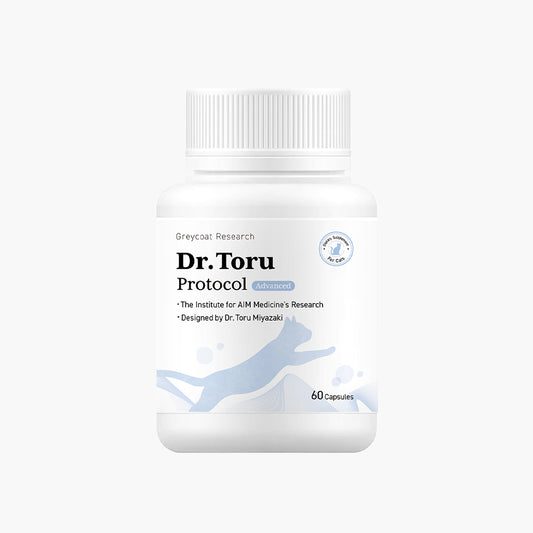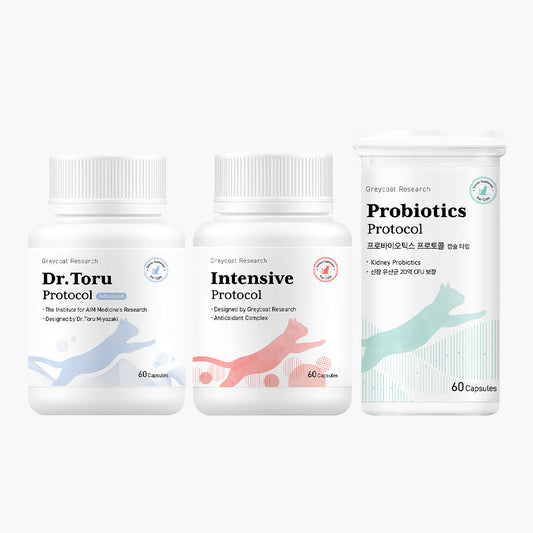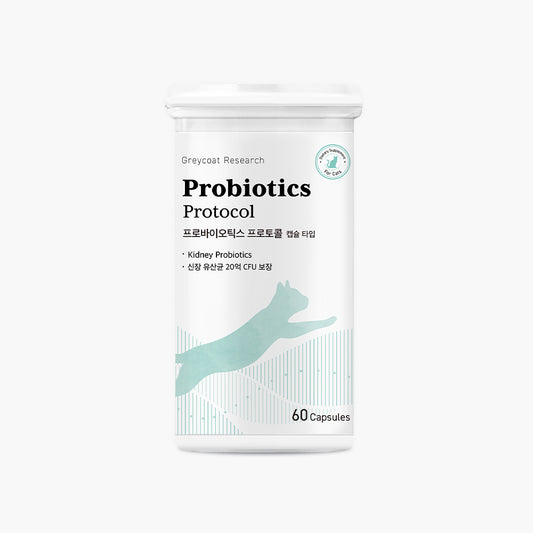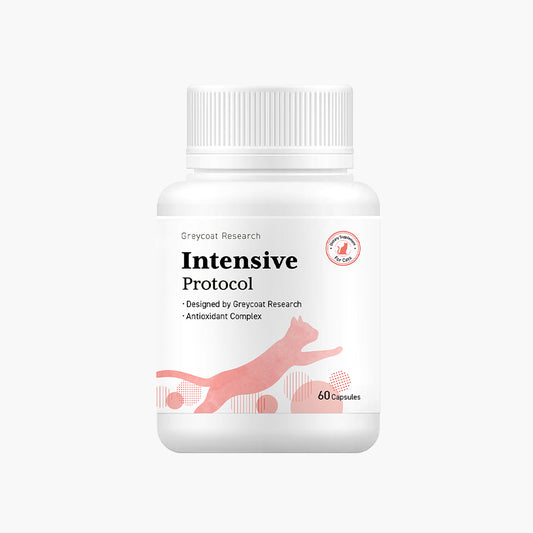
General, an 18-year-old cat with stage 4 CKD, receives subQ fluid therapy.
“I’m giving my cat subQ fluids every day! Why isn’t he getting any better?”
This is a question many cat owners caring for cats with CKD often ask themselves. However, this question reflects a common misunderstanding of what subQ fluids actually do. While subQ fluids are essential for hydration, their purpose extends far beyond that.
Cats with CKD—especially those in advanced stages (stages 3 and 4)—experience a range of issues such as metabolic acidosis, electrolyte imbalances, anemia, appetite loss, and muscle wasting. Among these, metabolic acidosis is a key factor that accelerates the deterioration of the condition of cats with CKD. Severe metabolic acidosis can worsen anemia, leading to further appetite loss, fatigue, and muscle depletion.
Understanding the full role of subQ fluid therapy, along with selecting the appropriate type of fluids, can provide significant benefits by addressing metabolic acidosis, restoring electrolyte balance, improving anemia, boosting appetite, and increasing energy levels.
Data-Driven Expert Consultations for CKD Cats
- Over 1,000 CKD cats consulted, with 97% of stage 2 and 3 cats showing improvement
- Insights from Dr. Kim Jae-young, who cared for Minky, the oldest living cat in Korea at 28 years old
- Expert guidance from Dr. Kobayashi Motoo, a veterinarian with 30 years of experience in CKD cat care
- Consultations for AIM supplements designed by Dr. Toru Miyazaki of Japan's Institute for AIM Medicine
At Greycoat Research, we offer cat owners evidence-based care solutions, supported by real-world case studies and clear data.
Case Study: Health Improvements After Changing SubQ Fluids
This case study highlights the improvements in a cat’s condition after switching to a more appropriate type of subQ fluid.


Jan. 7, 2025 (Before Changing SubQ Fluids)
- Anemia and electrolyte imbalance detected
- Blood pH showing signs of gradual acidosis
- No improvement in anemia despite 2 sessions of hematopoietic injections


Jan. 15, 2025 (Deteriorating Condition)
- No improvements despite hematopoietic injections
- Increasing acidosis in blood pH
- Loss of appetite and energy, requiring forced feeding
- Persistent anemia and worsening electrolyte imbalance
- Decision made to change fluids: Hartmann’s Solution → Plasma-Lyte A

Jan. 23, 2025 (Improvements After Changing SubQ Fluids)
- Improved anemia and restored electrolyte balance
- Blood pH shifted towards alkalinity, now within the normal range
- Noticeable improvements just 1 week after switching to more suitable subQ fluids
Owner Testimonial
"My cat’s anemia was getting worse, and even hematopoietic injections weren’t helping. But once I switched to a different type of subQ fluid, everything changed! His appetite returned, and so did his energy! I didn’t know that subQ fluids could make such a huge difference!"
Summary of Health Improvements
Condition
- Stage 3 CKD
- Risk factors: metabolic acidosis, anemia, electrolyte imbalance, appetite loss
- No improvements despite subQ fluid therapy
- Persistent anemia despite hematopoietic injections
- Steady loss of energy and weight over time
Measures Taken
- Owner advised to switch subQ fluids to Plasma-Lyte A
- Administered 40 to 50 ml per kg of fluids to treat metabolic acidosis
Results
- Improved metabolic acidosis → restored electrolyte balance → improved anemia
- Hematopoietic injections took effect → gradual recovery from anemia without the need for blood transfusions
- Increased appetite and weight
- Enhanced energy and activity levels
If your cat has late-stage CKD, addressing metabolic acidosis can significantly improve their overall condition.
Necessary SubQ Strategies for Late-Stage CKD Cats
-
Address Metabolic Acidosis
When CKD worsens, blood becomes acidic, leading to anemia and appetite, energy, and muscle loss.
SubQ fluids play a crucial role in alleviating symptoms like anemia by correcting metabolic acidosis.
-
Choose the Right SubQ Fluids
Saline Solution (0.9% NaCl) → High sodium content can stress the kidneys with prolonged use.
Hartmann’s Solution → Not as effective for treating metabolic acidosis in late-stage CKD cats, and lactate metabolism can further strain the kidneys.
Plasma-Lyte A → Contains sodium acetate, which helps correct metabolic acidosis and improve anemia.
-
Administer the Right Amount of Fluids
Based on over 1,000 case studies, a dosage of 40 to 50 ml per kg proved most effective for daily subQ injections.
For example, a 4 kg cat would benefit from 160 to 200 ml of subQ fluids per day.
Worried About Your Cat’s CKD? Let Greycoat Research Help!
Caring for a cat with CKD can be incredibly stressful for both you and your cat, but you don’t have to go through it alone. Greycoat Research offers free, personalized 1:1 consultations for CKD cat care with help from our experts.
- Over 1,000 CKD cats consulted, with improvement reported in 97% of stage 2 and 3 cats
- Tips from Dr. Kim Jae-young, who cared for Minky, the oldest living cat in Korea at 28 years old
- Guidance from Dr. Kobayashi Motoo, a veterinarian with 30 years of experience in CKD cat care
- Expert AIM care advice from Dr. Toru Miyazaki of Japan’s Institute for AIM Medicine
Contact Greycoat Research for a free consultation today.
Even a small change in your late-stage CKD cat’s care can lead to significant improvements in their health and quality of life.




